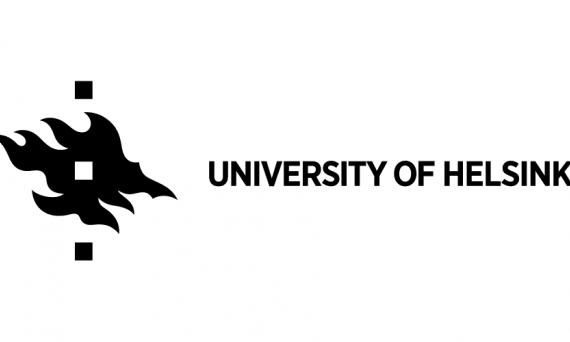28 октября 2021 года участники проекта «Богохульство, святотатство и кощунство в русской культуре XVIII – XXI вв.: дискурсы, нарративы и практики» (поддержан РНФ) организовали круглый стол "Anthropology of Blasphemy in Eurasia: Approaches and Methodologies" на 20-й ежегодной онлайн-конференции Института Алексантери в Хельсинки. В рамках этого мероприятия обсуждались современные академические подходы к исследованию святотатства, а также были представлены первые эмпирические результаты коллективного проекта.
Аннотация круглого стола:
Blasphemy, profanity, and desecration - as discursive categories and social practices - attract relatively little attention from social anthropologists, especially in comparison with historians. Jeanne Favret-Saada, who points on this fact in her recent article, suggests that the topic of desecration of the sacred simply does not seem safe to ethnologists. She remarks that “historians do not run the risk to see their position challenged by the “natives” when those are living in seventeenth-century Zurich or eighteenth-century France” (Favret-Saada 2016: 30). In our opinion, however, there can be several other possible reasons, in particular epistemological presuppositions of modern anthropology that date back to Protestantism, secularism and theories of progress. Blasphemy is intuitively understood by researchers as a kind of religious/social/ideological “survival” that deserve, first of all, historical attention.
At the same time, a number of anthropological works devoted to the analysis of blasphemy and desecration from various theoretical positions have appeared in recent decades. Thus, in the volume “Is Critique Secular? Blasphemy, Injury, and Free Speech”, Talal Asad and Saba Mahmood problematize the idea of blasphemy in modern European culture (Asad et al. 2009). Mahmood, in particular, remarks that religious concepts of blasphemy and desecration must be interpreted in the context of different semiotic ideologies and that the very perception of an action in relation to different material forms of sacredness depends on how these latter are related to religious agents and charisma, what is the “medial distance”, say, between a deity and his/her image. Anya Bernstein, in her article ““Caution, Religion!” Iconoclasm, Secularism, and Ways of Seeing in Post-Soviet Art Wars” (2014), argues that the conflict between different groups of Orthodox and secular activists associated with works of art perceived as blasphemous is based on the interaction of different “scopic regimes,” that is, again, semiotic and media ideologies that attribute different meanings to sacred images. The authors of the two-volume “Negotiating the Sacred: Blasphemy and Sacrilege in a Multicultural Society” (2006; 2008) problematize the very opposition between sacred and profane, arguing that the boundaries between these two domains in different cultures can be movable and permeatable.
The discussion of blasphemy as a cultural category should involve then issues of political and semiotic ideologies, religious and secular concepts of sacred and profane, intercultural and interconfessional contacts and conflicts. The roundtable is aimed at discussion of anthropological approaches and methodologies related to the study of blasphemy in present day Eurasia. We intend to pay specific attention to how public ideas and practices related to blasphemy are shaped by political and cultural conflicts that follow migration and growing diversity of religious landscapes.
